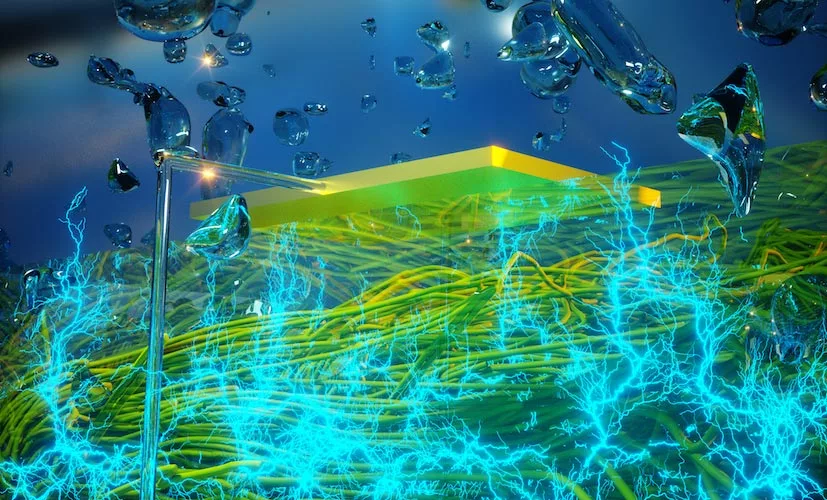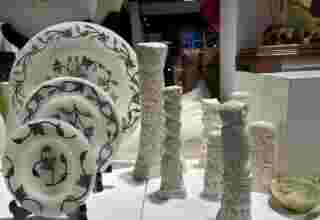
WEB DESK, July 26(ABC): Scientists at the University of Massachusetts Amherst have developed a device that uses a natural protein to create electricity from moisture in the air, a new technology they say could have significant implications for the future of renewable energy, climate change and in the future of medicine.
As reported today in Nature, the laboratories of electrical engineer Jun Yao and microbiologist Derek Lovley at UMass Amherst have created a device they call an “Air-gen,” or air-powered generator, with electrically conductive protein nanowires produced by the microbe Geobacter. The Air-gen connects electrodes to the protein nanowires in such a way that electrical current is generated from the water vapor naturally present in the atmosphere.
“We are literally making electricity out of thin air,” says Yao. “The Air-gen generates clean energy 24/7.” Lovely, who has advanced sustainable biology-based electronic materials over three decades, adds, “It’s the most amazing and exciting application of protein nanowires yet.”
“We are literally making electricity out of thin air. The Air-gen generates clean energy 24/7.” — Jun Yao
The new technology developed in Yao’s lab is non-polluting, renewable and low-cost. It can generate power even in areas with extremely low humidity such as the Sahara Desert. It has significant advantages over other forms of renewable energy including solar and wind, Lovley says, because unlike these other renewable energy sources, the Air-gen does not require sunlight or wind, and “it even works indoors.”
The Air-gen device requires only a thin film of protein nanowires less than 10 microns thick, the researchers explain. The bottom of the film rests on an electrode, while a smaller electrode that covers only part of the nanowire film sits on top. The film adsorbs water vapor from the atmosphere. A combination of the electrical conductivity and surface chemistry of the protein nanowires, coupled with the fine pores between the nanowires within the film, establishes the conditions that generate an electrical current between the two electrodes.























